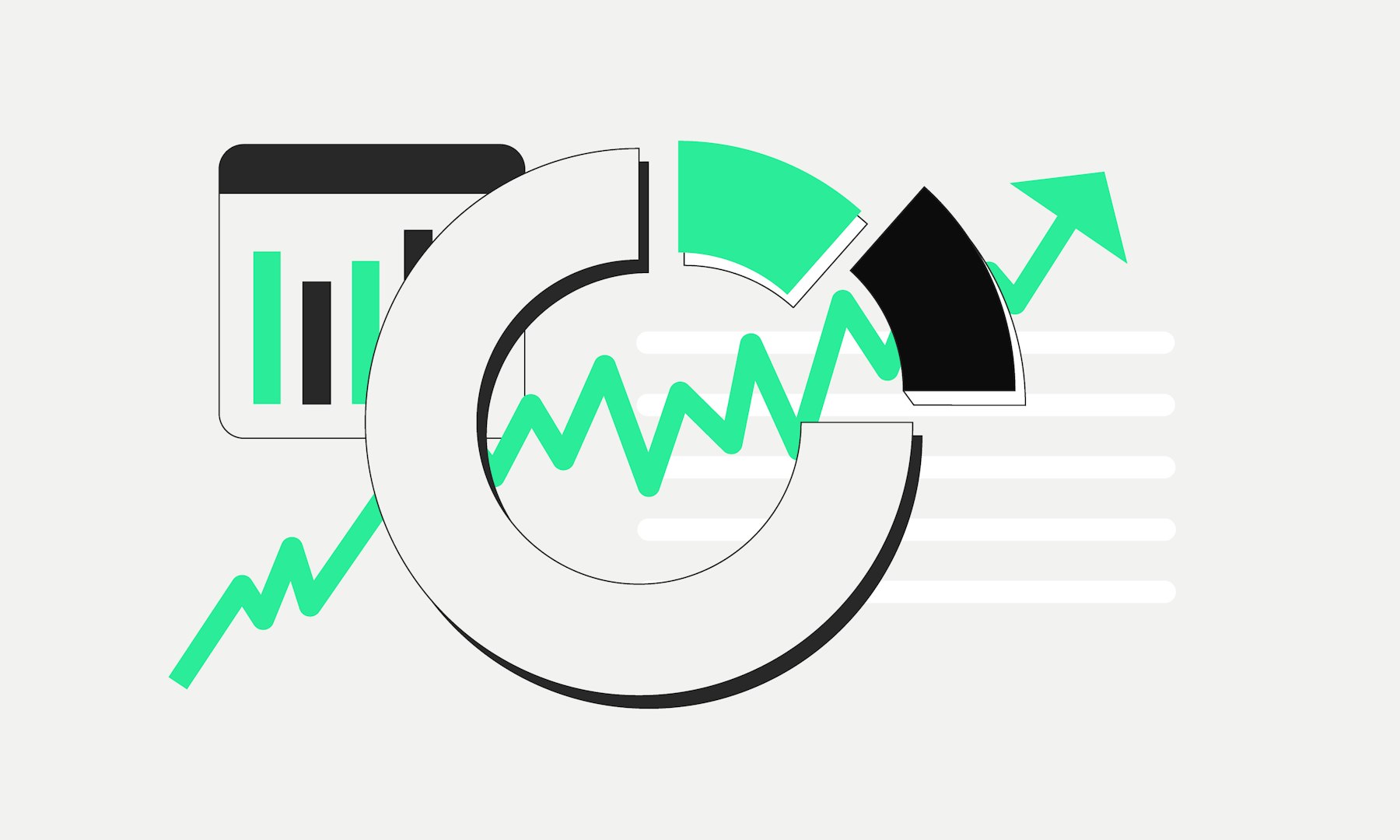Definition: What are dividend funds?
Dividend funds are investment funds that primarily invest in stocks of companies known for paying regular dividends. The aim of these funds is to provide investors with regular income in the form of payouts while also benefiting from potential value appreciation of the included securities.
Dividend funds focus on companies with a solid financial foundation and a proven dividend strategy to generate stable returns. These funds can be:
Distributing dividend funds, which directly pass the earnings to you as the investor, or
Accumulating funds, where the dividends are reinvested, growing the fund’s value and enabling you to benefit from compound interest over time
What is a dividend?
A dividend is a portion of a company’s profit distributed to its shareholders. It serves as a reward for investing in the company and is usually paid annually, semi-annually, or quarterly. You can learn more about dividends in the relevant guide from the Bitpanda Academy.
How does investing in dividend funds work?
You can invest in dividend funds by purchasing shares in a fund that targets companies with high dividend yields. The fund pools your capital with that of other investors to create a diversified portfolio of dividend-paying stocks. Active fund management is responsible for selecting companies based on criteria such as dividend yield, stability, and long-term growth prospects.
Unlike dividend ETFs, which passively track an index, dividend funds are actively managed by a fund manager. While this active management can result in higher returns, it also leads to higher fees. Dividends from the included stocks are either paid out to you directly (in the case of distributing dividend funds) or reinvested within the fund (in the case of accumulating funds).
To purchase dividend funds, you’ll need a securities account with a bank or an online broker. After choosing a suitable fund, you can buy fund shares by searching for their ISIN or WKN (unique identification numbers). Alternatively, dividend funds can be purchased through regular savings plans, enabling you to invest gradually and consistently in dividend-rich assets. Note that, as with any capital market investments, costs such as initial charges or management fees may apply when investing in dividend funds.
How safe are dividend funds?
The safety of dividend funds depends on various factors, including the selection of companies within the fund, market conditions, and the fund management’s investment strategy. Because dividend funds invest in dividend-paying companies, often considered financially stable, they tend to be less risky than, for instance, pure growth funds. However, dividend funds are still subject to price fluctuations, influenced by stock market developments and economic conditions.
Another factor is diversification: by investing in a wide range of companies, dividend funds reduce the risk associated with individual stock losses. Nonetheless, they are not entirely risk-free, as they remain vulnerable to market downturns, company-specific issues, or changes in dividend policies.
If you are considering investing in dividend funds, it is essential to review the fund’s composition and remember that past performance is no guarantee of future payouts.
